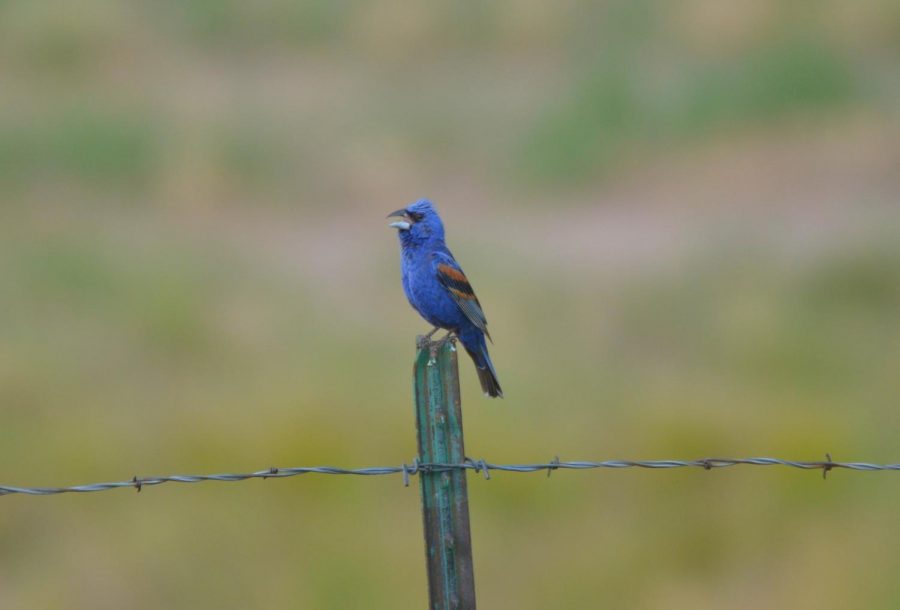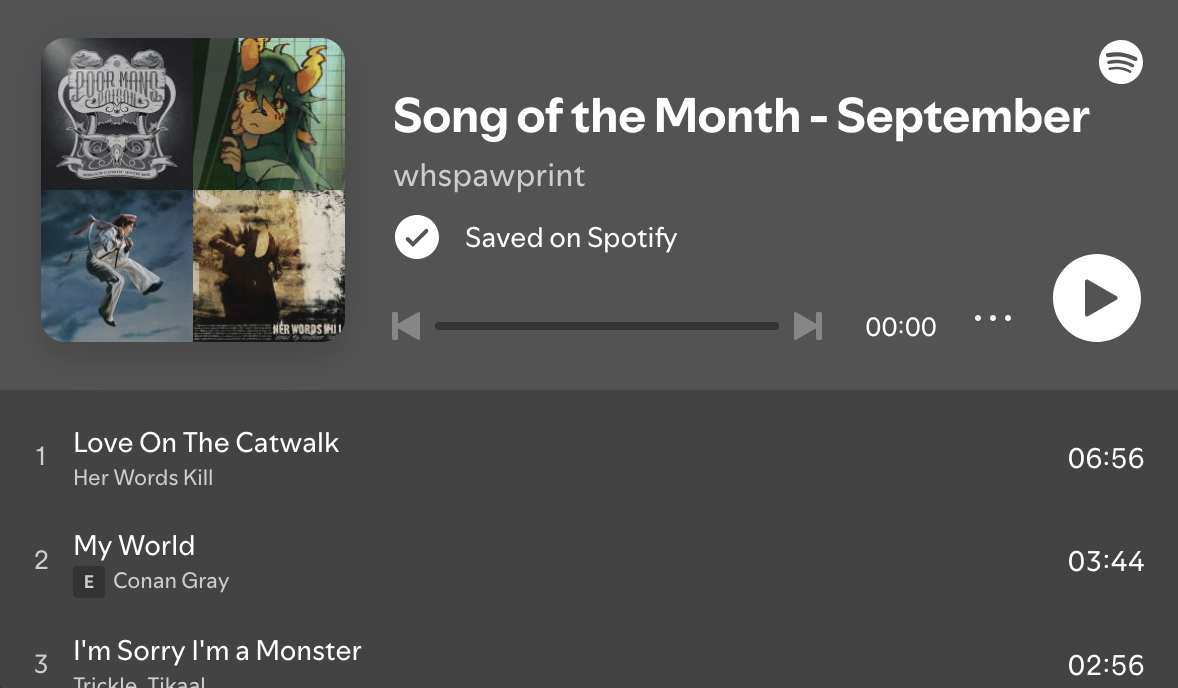A startling report recently published by the Cornell Lab of Ornithology states that North America has lost about 2.9 billion individual birds of many different species since 1970; that’s just over one in four individual birds lost. The populations of many different bird species have shown steep declines within the last 50 years due to numerous factors that include habitat loss, urbanization, and climate change. Here is just a sample of some of the many bird families that were featured in the study:
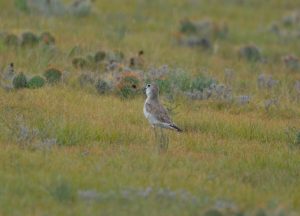
Mountain Plover – Plovers
Often seen frolicking along farm fields or short grass prairies looking for insects, these members of the Charadriidae (Large Plover) family are the only ones to spend almost their entire lives on non-shore plains. Unfortunately, however, Mountain Plovers have been falling into dramatic decline over the past few decades due almost entirely to the loss of that very same Grassland habitat that they favor so much. The study estimated that almost 1.9 million birds of all plover species (or about 53%) have been lost due to, especially in the case of the Mountain Plover, this rapid decline of grassland in which they breed. “Studies show that this bird is seriously declining,” Nicolas Forestell, a birder and freshman at Newburyport High School in Newburyport, Massachusetts, said. “ If nothing is done soon, they may disappear.” The Mountain Plover is currently the only bird classified as threatened that appears on this list.
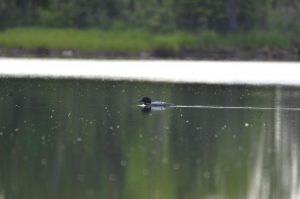
Common Loon – Diving Ducks
The go-to symbol of the northern boreal lakes of Canada and Minnesota, the Common Loon migrates down to our coasts to spend the winter in any patch of open water. These “Divers,” as they are known in some parts of the world, are so beloved that both Canada and Minnesota have coins honoring them, and they are even the state bird of the latter. “The sound of Common Loons yodeling on a Minnesota lake is the classic mountain experience.” Lucas Corneliussen, a birder and sophomore at Creek High School in Novato, expressed. Loons have actually grown by since 1970 with about a 66% growth in all Loon species, or about 0.4 million increase in individual loons.
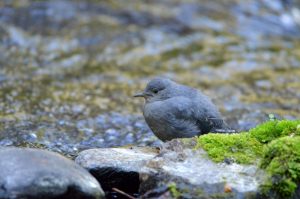
American Dipper– Dippers
The American Dipper is one of the most unique species in North America. A resident of Fast-flowing Mountain streams, this relative of the wren family hunts its preferred insects by “dipping” just below the waterline to walk on the creek bottom to catch any that float by. As Forestell stated, “A Dipper is a songbird trying to be a duck. Period.” Dippers love pure and have therefore been declining over the past 50 years, with about 0.03 million falling victim to water pollution and habitat loss.
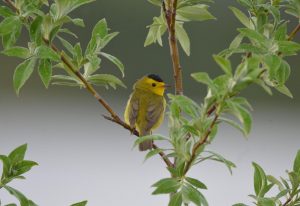
Wilson’s Warbler– Wood Warblers
Bright yellow with a dark black cap, these energetic insectivores migrate up every year from Mexico to breed up and down the West Coast, including in the Bay Area. “ The Wilson’s warbler is, in my opinion, the epitome of the first sign of spring,” Corneliussen confessed. “They are among the first migrants to arrive back from their wintering grounds and it’s always a pleasure to see them in early April.” Even though the wood-warbler family consists of some of the most recognized, beloved, and appreciated birds in North America, the family had lost almost 37.6% of its birds or about 617.5 million individuals. This drop is mostly due to habitat loss and collisions with windows and buildings.
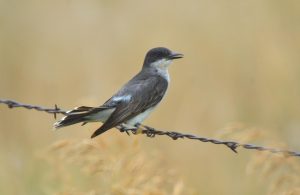
Eastern Kingbird– Tyrant Flycatchers
These kingbirds are most often found on open lands east of the Rockies, but occasionally drop by into the Bay Area as vagrants, or rare birds. “Eastern kingbirds are a species of open areas,” Corneliussen said. “They’re interesting because when they fly off a perch to catch flies, you can see the white on the tips of the tail feathers as they turn, which is pretty unique for a kingbird.” Tyrant flycatchers are down 88.2 million individuals, or about 20.1%, mostly due to habitat loss and collisions with man-made objects while migrating.
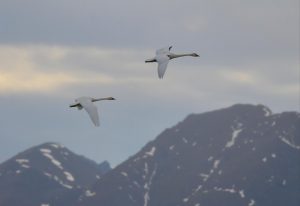
Tundra Swan– Waterfowl
Tundra Swans are majestic creatures. These snow-white birds with a five-and-a-half foot wingspan are a pure delight to watch as they fly overhead, bugling to alert of their presence. “Tundra Swans are really considered the symbol of elegance in North America,” Corneliussen articulated. “This is mostly due to their status as being our native swan, often found migrating from the high arctic to the valleys of California and others of similar significance in the lower 48.” Waterfowl like the Tundra Swan are on the rise, with the study finding that their population grew by 56.1%. The reason why this is happening is somewhat strange, being that the creation and restoration of wetlands have garnered bipartisan political support, mostly due to lobbying from duck-hunting groups like the California Waterfowl Association and Ducks Unlimited, who naturally want to have more birds to hunt. Tundra swans themselves, however, aren’t out of the woods yet, with numbers still slowly declining specifically in California due to habitat loss in their Central Valley wintering grounds.
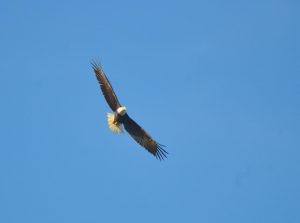
Bald Eagle – Raptors
Our national bird is always a thrill to see, whether it be slowly soaring on outstretched wings or resting on a lakeside perch looking for its next meal with its intent yellowish eyes and white head. “The Bald Eagle is one of our countries most impressive and imposing birds,” Forestell commented. “While they are usually found soaring high in the sky or perched in a distant tree, a close up bird can evoke a true sense of awe.” Once led to the brink of extinction by the harmful pesticide DDT (now banned in the US as of 1972, two years after the Cornell study began), Bald Eagles have made an amazing comeback and were delisted from the Endangered Species act in 2007. Raptors like the Bald Eagle have increased 78.9%, or 5.5 million individuals, since 1970, mostly due to new laws banning harmful pesticides.
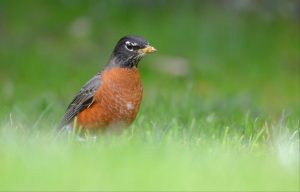
American Robin – Thrushes
The American Robin and its song are regarded by many as one of the main signs that spring is in the air. This thrush is often seen running and hopping along lawns in an upright manner, occasionally pulling up a worm or two for a quick meal. It is the state bird of Michigan, Wisconsin, and Connecticut, and it has inspired countless songs, poems, and even a famous superhero’s sidekick. Even though this bird is one of the most common in North America – totaling at about 370 million – the thrush family it belongs to has seen sharp declines of about 10.1 million birds over the past 50 years, mostly due to habitat loss.
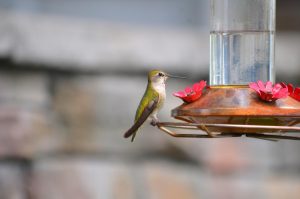
Anna’s Hummingbird– Hummingbirds
Anna’s Hummingbirds are the most common member of this family seen in the Bay Area. Often seen on neighborhood flowers and plantings, these small fliers can fly backward, sideways, and even upside down as they sip nectar or fight with other hummingbirds for food. Hummingbirds have declined by about 17% since 1970, or by about 18.9 million individuals. One way to help this species is by putting up hummingbird feeders, which also double as a great way to see these fantastic fliers up close.
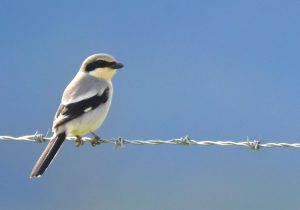
Loggerhead Shrike – Shrikes
Loggerhead shrikes have long been in decline, falling almost 80% since 1966 – four years before what is covered in the study. The main reasons for the decline in shrikes include habitat loss due to urbanization and the ingestion of agricultural pesticides. These factors prohibit these hawk-like songbirds from catching and staying healthy from their usual prey of lizards, snakes, and other small creatures. “Shrikes are wacky because they hunt larger prey such as lizards or even small birds,” Forestell said. “What’s even weirder, is that they impale their prey on thorns, even if that prey includes other shrikes.” Only the San Clemente island subspecies of the Loggerhead Shrike is considered as endangered by the United States Fish and Wildlife service.
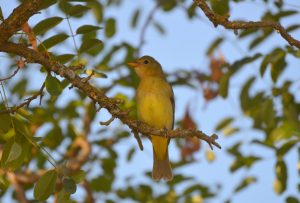
Western Tanager – Cardinals and Buntings
A member of the Cardinalid family, this resident of Western coniferous forests is one of the most beautiful birds in our area. Western Tanagers only come up in the summer months to breed in this area after spending their winters down in the tropics. However, like many migratory birds, the Cardinalid family is declining, mostly due to habitat loss and collisions with man-made structures. They have declined by 10.8 million individuals since 1970, or by about 3.3%.
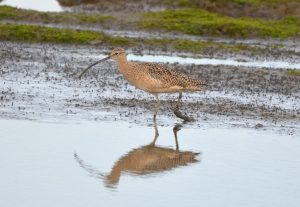
Long-billed Curlew– Shorebirds
Long-billed Curlews are North America’s largest shorebirds. They come to winter and feed on our wetlands every year after spending the summer breeding on the plains of Idaho, Utah, and Montana. “The Long-billed Curlew is so unique because of its ridiculously long bill,” Forestell explained. “They often stand out in flocks of shorebirds because of this.” The curlew’s long, curved bill is very useful for feeding on sand crabs, as it helps them go deeper into the earth than most other birds of their family. Shorebirds have declined by 38.4%, or by about 15.4 million individuals.
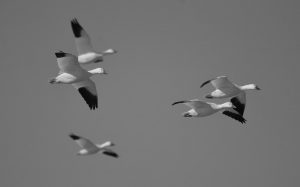
Snow Goose – Waterfowl
These white geese are a common sight on farm fields in the nearby Central Valley. Unlike their Canada Goose cousins, these honkers migrate from the northern tundra to farm fields and ponds every winter, delighting the many who come to see their thousands-strong dusk flights. Their number has been growing since 1970, with the Cornell study finding that the species grew by 34.8 million. This growth is one of the few that has actually caused concern among scientists, who fear that their habit of ripping plants up by the roots while feeding is leading to declines in other migratory waterfowl.
Most of the species on the list are suffering in some way due mostly to human-related causes like habitat loss or collisions with structures. While there are very few ways for one person to solve this problem completely, some small steps can be taken to save birds, such as planting native plants in your garden, leaving leaves and brush piles out for birds to find food in, adding decals to glass windows to guard against collisions, and leaving household cats inside. These steps can help dramatically cut back on the number of birds we lose in the future so that we never get another staggering study about birds like this again.
All photos were taken by Cedrik von Briel.
https://www.playbuzz.com/item/f752d5c9-e79e-4ba9-99e1-43e197126008



